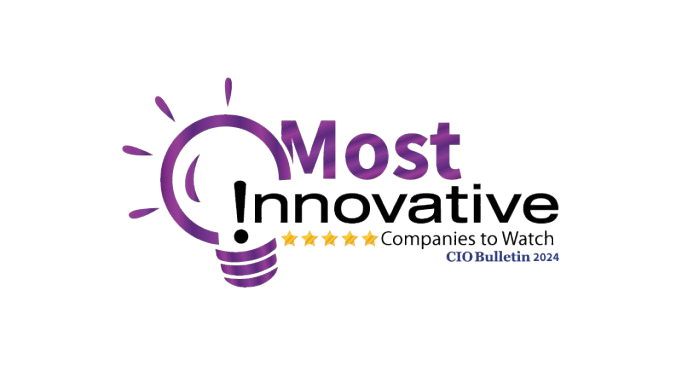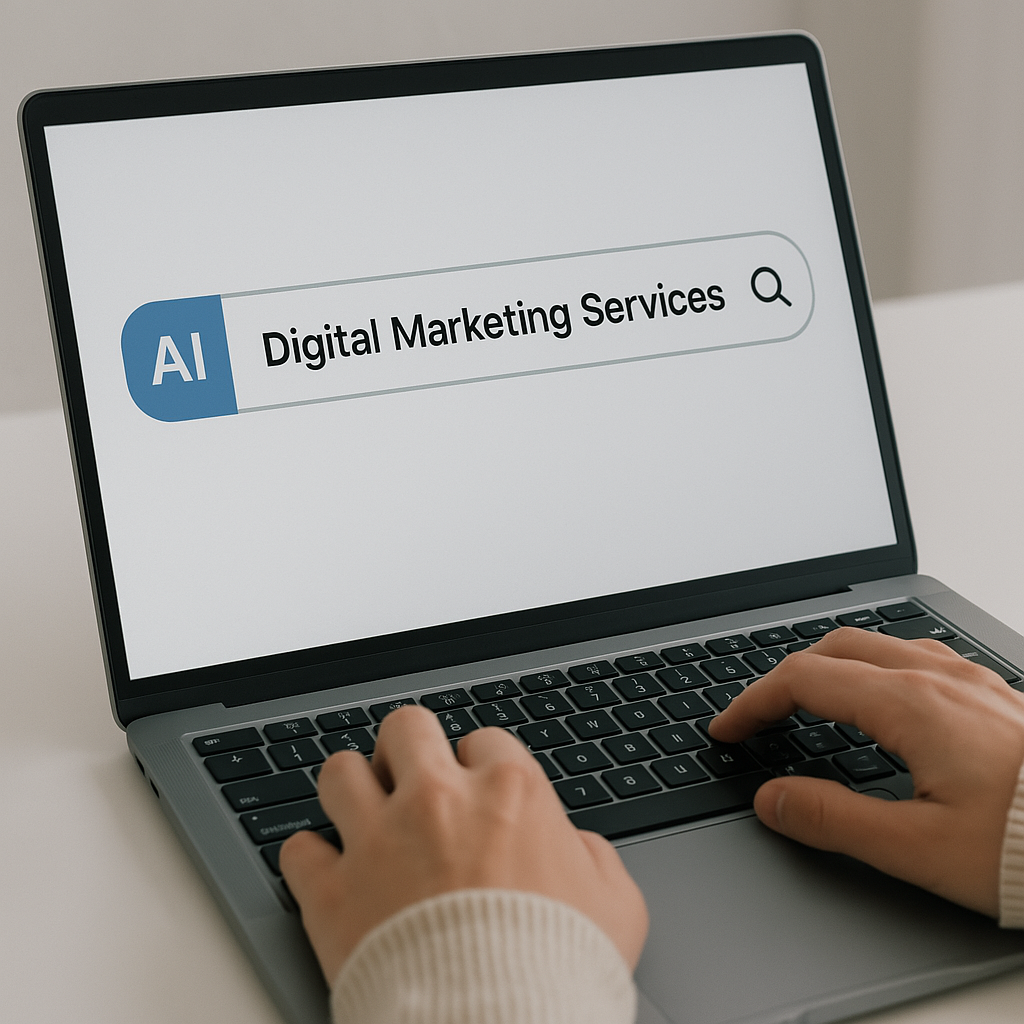How Technology Is Changing The Way We Treat HubSpot
May 7, 2022
In the age of digitization, we have embraced technology for carrying out an array of business processes across the board. Gone are the days when conventional, traditional, and manual processes were carried out by employees at every scale. Over time, more and more organizations are driving digital transformation to streamline their processes across all major departments.
Right from managing sales leads and creating marketing campaigns to handling
financial accounts and sending quotes, technology has made everything a little
simpler and more efficient. The use of technology allows you and your team
members to save the time and effort that go into performing a plethora of
tasks on a daily basis.
Especially after the COVID crisis, the importance of technology has increased
substantially around the world. With seamless adoption of online collaborative
platforms and virtual organizations being set up, businesses realized that
digitization is the way to go. This has made organizations operating in all major
industries get in sync with the latest tech trends in the market.
Increased digitization has made more and more organizations implement
modern CRM platforms for streamlining their processes. HubSpot has been a
major player in the industry from the get-go and has helped several businesses
automate their sales, marketing, and customer service processes. It provides
users with advanced tools and features that help them make the most of the
advanced technologies.
However, as the global tech trends keep evolving, the manner in which
platforms like HubSpot are used changes. While HubSpot keeps itself upgraded
and in sync with the latest technological advancements, it is important to
understand how technology changes the way the CRM platform is used.
Here are some of the most important ways in which technology is changing the
way we treat HubSpot:
Increase In Face-to-face Video Communication
Gone are the days when video calls were limited to friends and family. Today,
face-to-face video communication has become increasingly relevant in the
realm of customer support. More and more customers are willing to interact
live with the support agents to get their issues resolved. Video support allows
customers to obtain immediate support that is tailored specifically for them.
This tech trend has led to HubSpot Service Hub users integrating the platform
with applications that allow them to interact with their customers via live
video calls. The database stored within HubSpot can be effectively used by
service agents to communicate directly with the customers, providing them
with tailor-made support.
The Need For Process Automation
HubSpot automation has become substantially relevant over time as the need
for process automation increases. Technological advancements have led to
almost every business process being automated. From creating customized r
eports to interacting with customers, process automation has made more and
more HubSpot users implement tools that reduce their efforts.
HubSpot automation fulfills all these requirements by providing users with
automated workflows across the board. By setting specific triggers in response
to specific activities performed by users, HubSpot prevents them from
undertaking repetitive processes. For example, if a customer raises an issue
over an email or through the website, the platform would automatically create
a case and route it to a suitable service agent without any human interference.
The Need For Omnichannel Marketing And Sales
Businesses are no longer willing to restrict themselves to a specific channel to
reach out to their customers and make sales. Technology has facilitated
omnichannel business processes, allowing organizations to optimize platforms
like email, mobile, web, and social media.
This has made HubSpot users crate omnichannel marketing and sales
campaigns. While using HubSpot Sales Hub, users want to conduct sales
through CTAs on websites, emails, text messages, and other relevant
alternatives. This allows having multiple alternatives at their disposal to make
purchases.
While using HubSpot Marketing Hub, users are willing to reach out to the right
prospects/customers at the right time across multiple media platforms. This is
why it is common for customers in 2022 to witness the same brand being
promoted on social media, email, mobile, and the web. Increased presence
across multiple channels allows businesses to improve the recall value of their
brands.
Chatbots Over Service Agents
While service agents have not entirely gone out of fashion, the advent of AI
chatbots has made customers fall in love with conversational bots. These
virtual assistants interact with your customers like humans, understand the
context of the questions asked by them, and provide them with tailor-made
solutions.
This has made HubSpot use the platform for deploying these conversational
chatbots to provide at least the first level of support to their customers. For
example, if your customer visits your website and has a basic question
regarding your services, a chatbot will always be ready to assist them and
provide them with all the information they require. In case the customer
looking for more detailed and personalized support, the case can always be
routed to a customer service agent.
The Need For Third-party Integrations
The advent and adoption of new technologies have resulted in the need to
integrate multiple platforms into a centralized offering. Over time, HubSpot is
extensively being used to integrate data with suitable third-party applications.
The CRM platform facilitates seamless third-party integrations without the
need to worry about the security and quality of data being synced.
For example, if you need to streamline your payments, you can readily
integrate HubSpot with payment gateways like PayPal. This allows your team
members to work on a single unified platform and use a common database
while carrying out specific business processes. Moreover, seamless integration
and synchronizations allow HubSpot users to ensure consistency of data across
multiple platforms, ultimately leading to higher accuracy and better
productivity.
The Need For Inter-departmental Collaboration
In the age of digitization, it is difficult to isolate the departments of sales,
marketing, and customer services. With new technological advancements,
businesses around the world prefer collaborating with these departments to
streamline their processes and increase their overall efficiency.
HubSpot allows its users to synchronize the data pertaining to HubSpot Sales
Hub, HubSpot Marketing Hub, and HubSpot Service Hub to ensure that
everyone is on the same page while dealing with the same client.
The same
prospect is likely to pass through each of the three departments throughout
their buying journey. For example, your marketing professionals may approach
a specific prospect and generate a lead that is transferred to the sales
department. Your sales professionals would now nurture this lead and convert
the same into a customer. Over time, if this customer comes across an issue,
they would raise the same with your customer service department.
Instead of having different platforms handling the same customer during
different stages, HubSpot CRM is now used by businesses to create a unified
and consistent journey for their customers under a single umbrella. With the
advent of HubSpot Operations Hub, all the three departments (marketing,
sales, and service) can be clubbed into a single platform to provide wholesome
services to your customers.
Connecting HubSpot With eCommerce Ventures
Customers are no longer willing to stand in long queues for hours outside their
favorite stores. From purchasing high-end electronic gadgets to groceries,
customers in 2022 prefer online storefronts. This has made several businesses
connect their eCommerce stores with their HubSpot accounts.
HubSpot allows you to integrate your online storefront with the CRM platform
to streamline your eCommerce processes. Right from setting up a new store to
marketing it and managing orders, HubSpot helps you drive digitization the
right way.
With the CRM platform at your disposal, you can manage multiple online
storefronts from a centralized platform. This allows you to provide a consistent
and unified experience to your prospects and customers. Moreover, HubSpot
allows you to keep track of your customers’ actions as they visit your store and
use this data to give you valuable insights. This way, you can approach each of
your customers with personalized promotional messages and build healthy
relationships with them.
Increased Focus On Social Media
Over time, social media platforms have started gaining more prominence in
marketing campaigns. This has made HubSpot Marketing Hub users focus a lot
on promoting their brands across suitable social media platforms. Moreover,
the CRM platform has evolved to provide rich features and tools to marketers t
o create social media marketing campaigns.
Right from creating social media posts and tracking engagement to connecting
business accounts on multiple social media platforms, HubSpot is increasingly
being used to run holistic social media campaigns and get the desired traction.
The Final Word
These were some of the most noteworthy ways in which technology is
changing the way we treat HubSpot. Looking at new tech trends emerging at a
lightning speed, it is safe to say that the usage of platforms like HubSpot will
keep evolving. This would also result in HubSpot coming up with advanced
tools and features that push the envelope further in terms of streamlining your
business processes. It is, therefore, always advisable to stay in tune with the
latest tech technological advancements and incorporate the same within your
strategies.
Featured Resources
Check Our Latest Resources

Proven ROI has been recognized as one of the Most Innovative Companies to Watch 2024 by CIO Bulletin—a testament to the company’s forward-thinking approach to CRM investments and strategic partnerships. By working closely with leading CRM platforms like HubSpot, Proven ROI is revolutionizing how businesses manage customer relationships, scale their operations, and drive growth.



